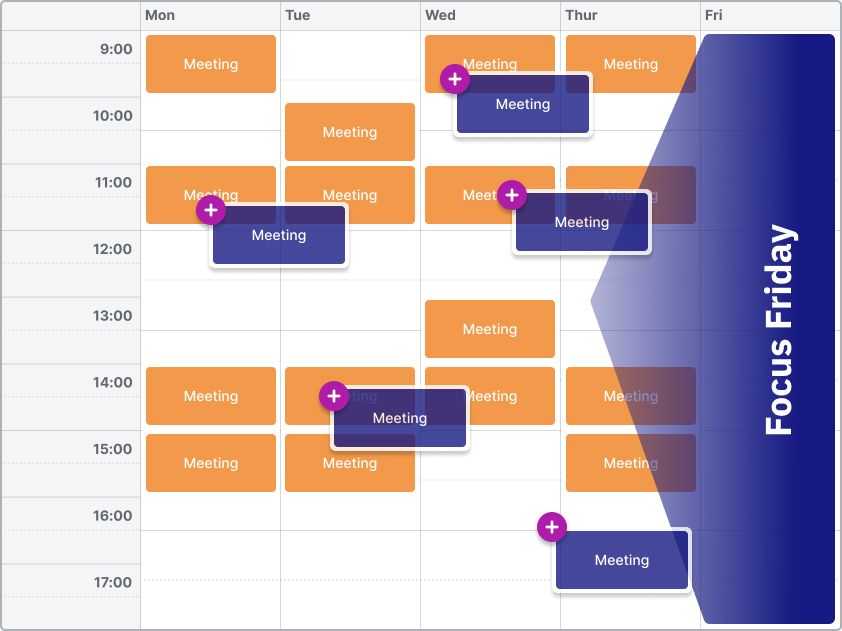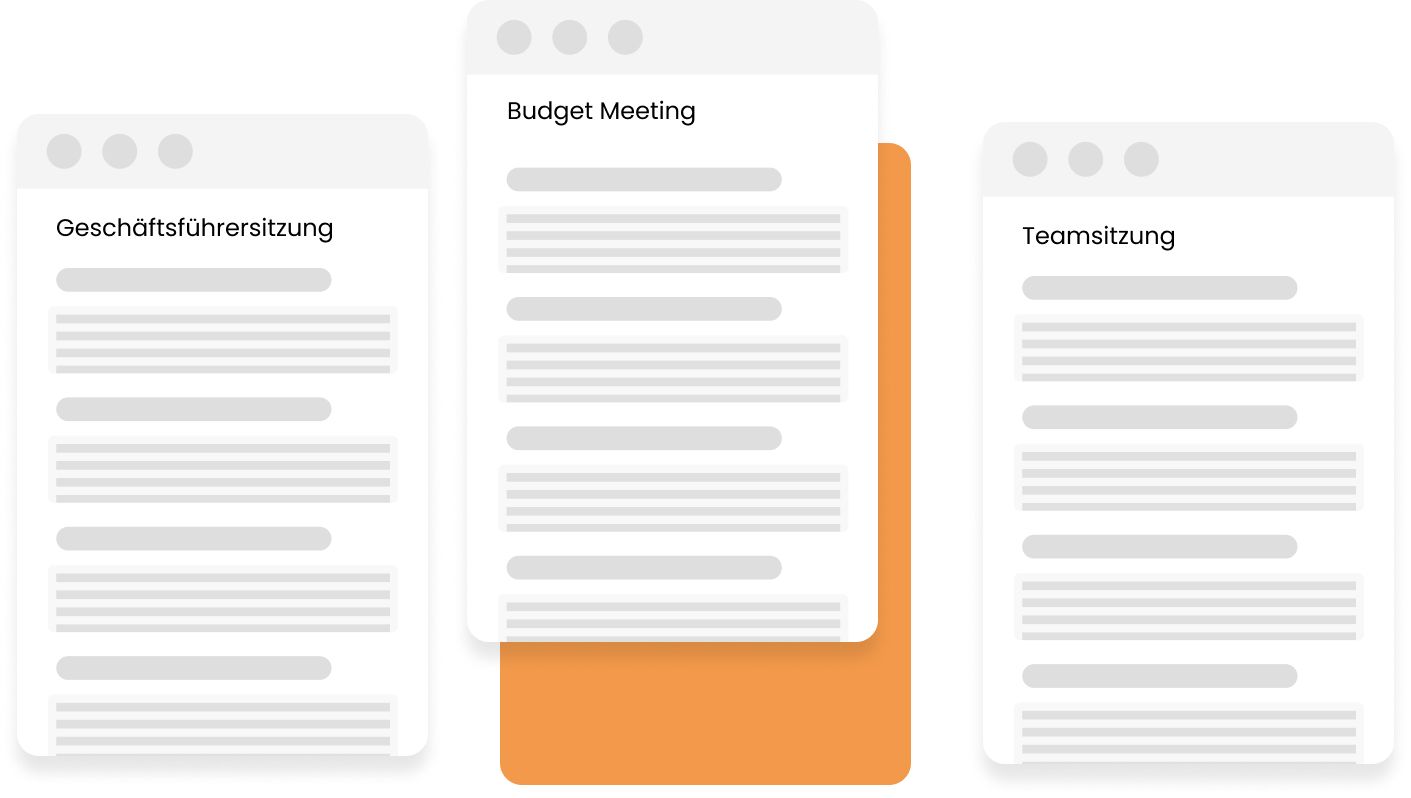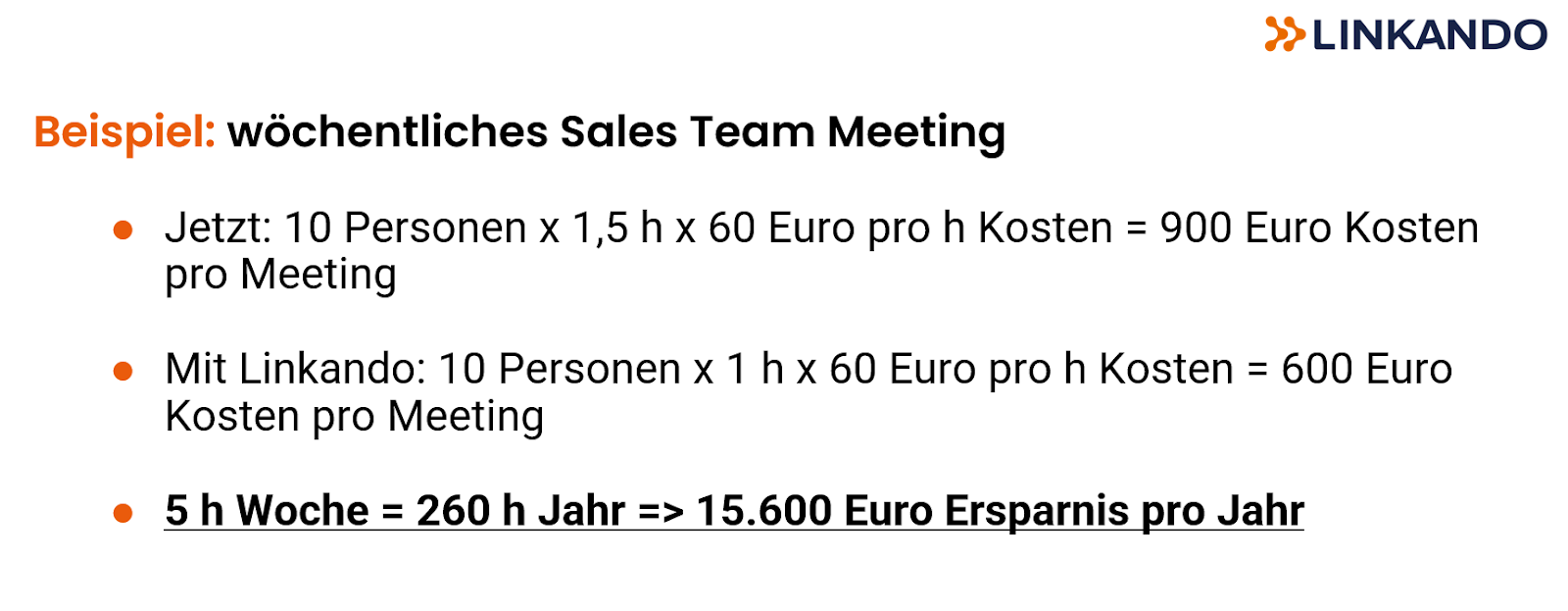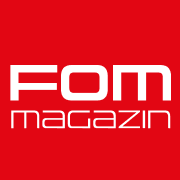Organizational measures such as Focus Fridays alleviate the symptoms of an inefficient meeting culture, but they do not eliminate the root causes. FOM software, on the other hand, gets to the root of the problem.
More and more companies are identifying inefficient meetings as a source of problems and a cost factor. Most recently, the Walldorf-based software company SAP introduced "Focus Friday," a meeting-free Friday. In doing so, SAP is the first DAX-listed company to follow a trend from the U.S., which aims to create a more efficient meeting culture.
Focus Fridays are an attempt to cope with the increasing meeting load in companies. According to a WHU survey, managers rated 67 percent of all meetings as failures. They do not pursue a clear objective and no next steps are taken afterwards.
Inefficient meetings not only cost employees their nerves, but also cost organizations a lot of money. For this reason, meetings should no longer be held on Focus Fridays, so that employees can concentrate on their operational work without interruption at least one day a week.
But even if organizational measures such as Focus Fridays are aimed at the right problem, they are not a long-term solution. They only alleviate the symptoms of an inefficient meeting culture, but do not eliminate the root causes of inefficiency. If there are no meetings on Fridays, employees will schedule them on the remaining workdays. So Focus Fridays don't make the meetings themselves more efficient, they just shift the wasted time to other days of the week.

Standardization and automation as a long-term solution
To get to the root of the problem, you have to start with the meetings themselves. FOM software and Focus Fridays have basically the same goal: a more efficient meeting culture. Unlike Focus Fridays, however, FOM software optimizes the meeting time itself. The tools eliminate unnecessary processes and automate repetitive processes.

One example is agenda templates: FOM software includes ready-made agenda templates for a variety of meeting occasions, such as budget meetings, all-hands meetings or daily sales standups. Instead of creating a new agenda for each meeting, FOM organizers can always select the appropriate agenda, modify it if necessary, and send it to meeting participants in advance.
Another example is FOM attendee directories: Here, FOM organizers can create attendee groups for recurring meetings and send the invitations with a single click, instead of manually selecting and inviting all attendees each time. Supervisors can also see in the attendee directories which meeting groups individual employees are attending at any given time. This allows them to better assess and regulate the meeting load of their employees.
Tools such as automated minutes also help with follow-up. Instead of sending a circular email with meeting minutes after each meeting, participants can simply download the minutes themselves in a protected online area.
All of these tools aim to reduce meeting time and improve the control of work results. The result is clear objectives, shorter preparation and meeting time, and effective follow-up, including the initiation of next steps.
Why software at all?
Of course, you could also do all this manually, but that takes time. In addition, FOM software provides organizers and participants with valuable assistance based on the experience of specialized meeting experts. So FOM software not only provides the technological tools, but also the best practices that have emerged from decades of experience.
Data-driven meeting culture
In addition to the operational implementation of a better meeting culture, FOM software also supports the strategic evaluation of meeting data. Since all meetings now run on the same platform, data can be collected and analyzed.
For example, the software provides data on the frequency and duration of meetings, whether they start on time and end within the set time frame, whether resolutions were passed during the meeting, and which tools are used to organize meetings. Those responsible can derive optimization potential from this data.
All this data is collected in anonymized form to ensure data protection and privacy. The aim is therefore not to evaluate the efficiency of individual employees, but to evaluate and improve the meeting efficiency of the entire organization.
Cost savings
The following sample calculation from FOM provider Linkando illustrates how important an efficient meeting culture is:

If FOM software reduces meeting time by 30% - for example, to one hour per meeting - which is quite realistic - this saves five hours per week and 260 hours per year in paid meeting time. This corresponds to a cost saving of 15,600 euros per year.
Extrapolated to all meetings within the organization, the savings can quickly run into the millions, depending on the size of the company and the frequency of meetings - and this calculation does not yet take into account the increased operational efficiency through better meeting results.
The benefits of FOM software are obvious, both for employee satisfaction and work efficiency, and for company finances. Organizational measures such as Focus Fridays target the right problem, but do not represent a long-term solution approach. FOM software, on the other hand, improves meeting culture over the long term through standardization, automation and data analytics. Given the high cost of inefficient meetings, meeting software is essential for organizations of all sizes.






